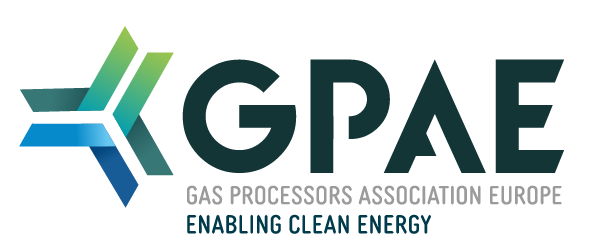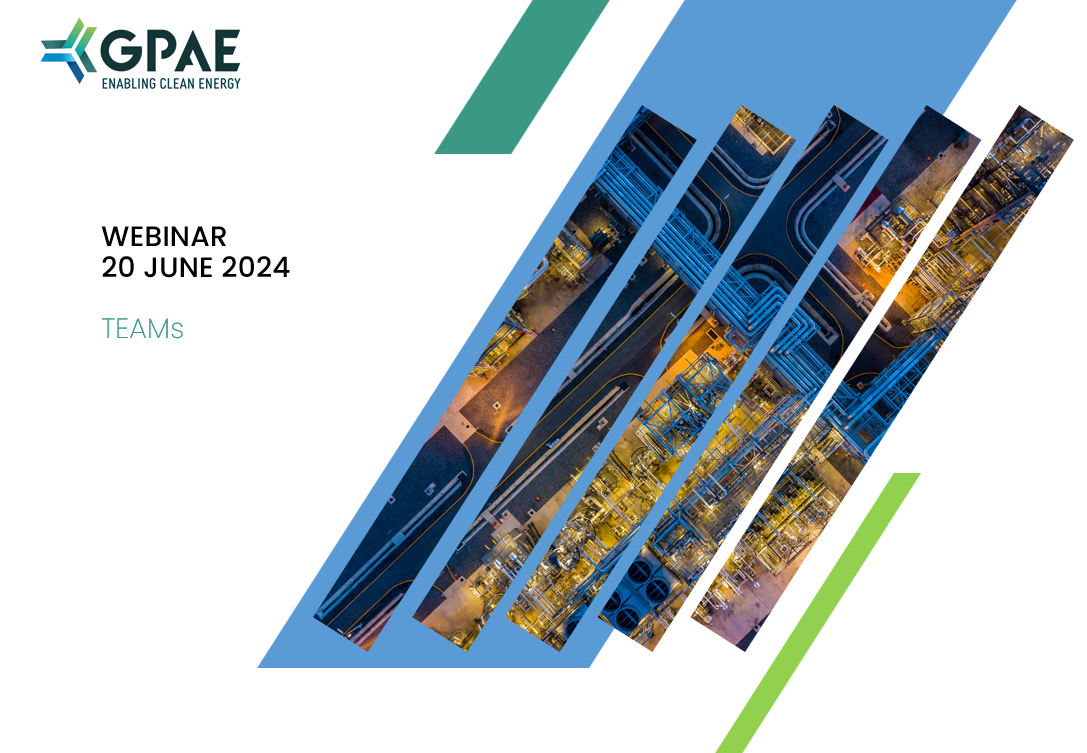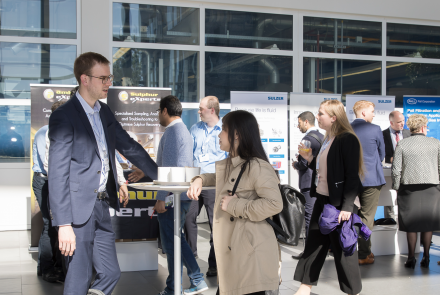Welcome to our Webinar
Be part of our digital journey which continues on Thursday 20 June 2024, starting at 11:30am BST (12:30pm CET). A 60-minute session.
FREE of charge for all. We'll bring you sessions of substance with a live Q&A.
The Programme
We are delighted to present our Virtual Programme to you.
Please note this is subject to change. Information is being added regularly so do come back!
Thursday 16 May 2024
11:30 - 12:00 BST
Move that Hydrogen: A closer look at the various Hydrogen Transportation Pathways
Sertan Cansu, Fluor
Direct electrification of processes within industrial and mobility sectors is often an option to achieve carbon neutral solutions. However, processes such as steel making, long-haul aviation and shipping are hard-to-decarbonise sectors and require molecules for energy input rather than electrons due to their specific chemical properties, energy density and storability.
Hydrogen has been identified as a key input for reaching decarbonisation targets by many countries. To create a climate-neutral Europe, the European Hydrogen Backbone (EHB) initiative has been established by the participation of thirty-one energy infrastructure operators. The EHB aims to accelerate the EU’s decarbonisation journey by defining the critical role of hydrogen infrastructure.
The EU’s strategy aims to install electrolysers within Europe, as well as promoting the large-scale import of clean hydrogen from regions with a lower cost profile.
Large monetary funds are being set up for clean hydrogen production.
Another key component of the clean hydrogen economy that is often overlooked is the challenge associated with large-scale transportation of clean hydrogen and its derivatives from low-cost production sites to end-markets.
What is the best way (safe, economical, scalable) to transport hydrogen across continents? Ammonia, gaseous (compressed) hydrogen, liquefied hydrogen, or Liquid Organic Hydrogen Carriers (LOHC)?
A holistic study that covers all the abovementioned pathways is considered to evaluate the challenges and opportunities associated with each path. Due to different maturity of each process and availability of transportation means, a high-level evaluation and comparison of these pathways rather than the exact costs, will be presented.
12:00 - 12:30 BST
TBC
Meet our Speakers
 |
Sertan Cansu is a Senior Process Engineer at Fluor Amsterdam Office. He holds Master of Science degree in Chemical Engineering from Bogazici University (TR) where he also obtained his BSc degree. He has a total of 15 years work experience in the Refinery and Petrochemical Industry. Besides working as a process engineer, he worked also for the operational analytics and performance management; masterplan and decarbonization studies of the Refinery-Petrochemical Complex in strategy & portfolio and capital investment departments. The presentation is the result of his study to develop himself for the changing norms of the industry along the path of the energy transition. |
Don't forget to connect with us on LinkedIn and join us on Facebook.



